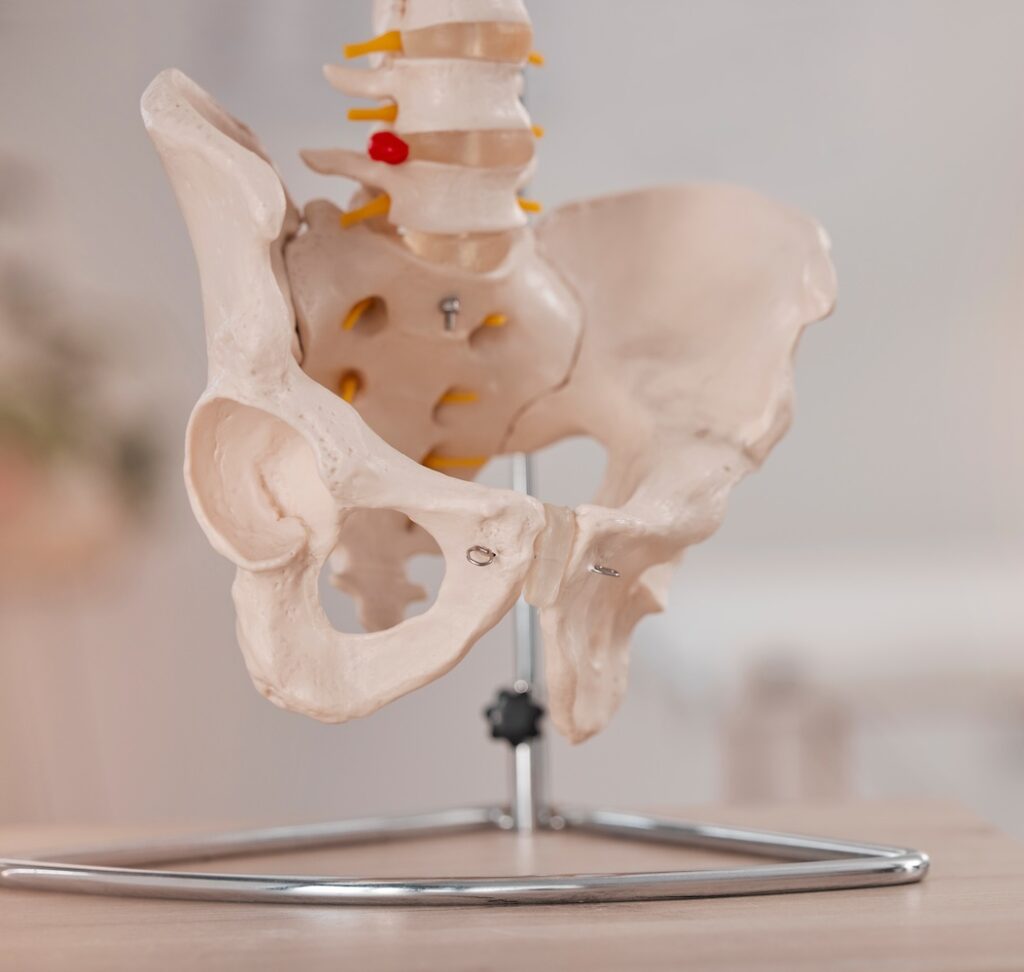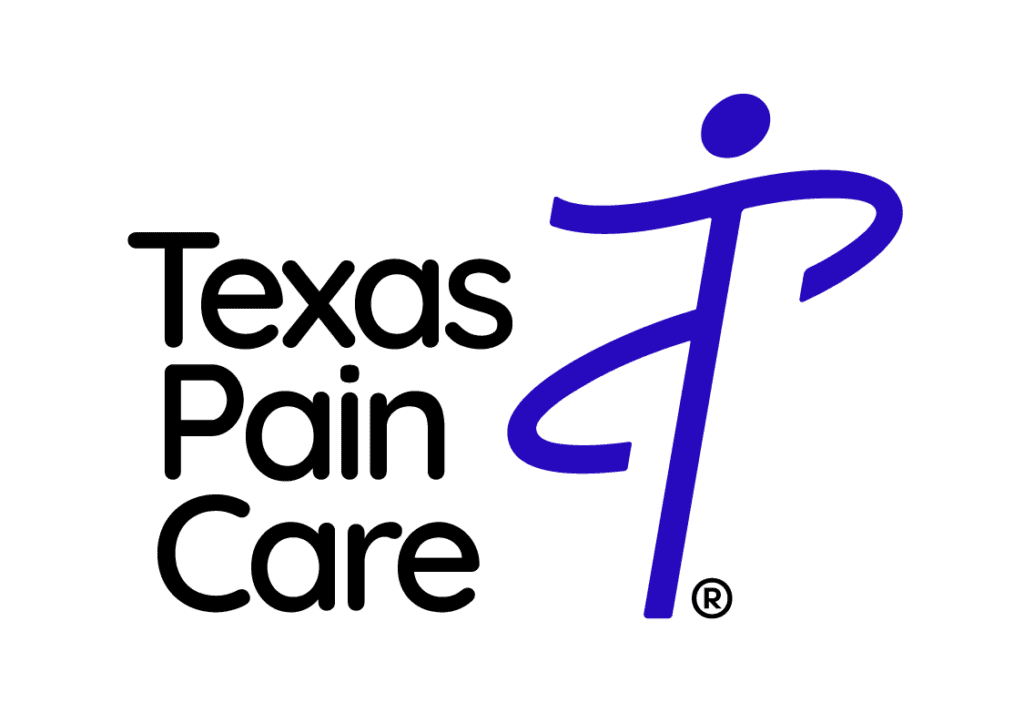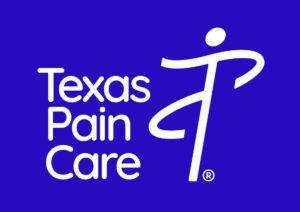
Aches and pains can be commonplace as we age, but there’s a time when the occasional “ooh” and “ahh” turns into something more. Degenerative disc disease is one of the most common age-related issues that affect the spine. It happens when the discs or cushions that separate the vertebrae in our spine start to wear thin, providing less support to the spine.








